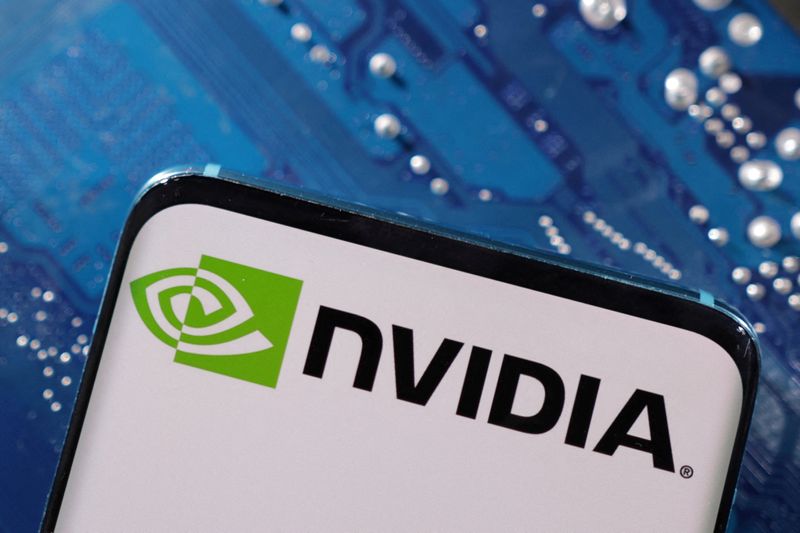TSX runs higher on rate cut expectations
On Monday, DeepSeek unveiled its latest open-source AI model, Janus-Pro-7B, which has been noted by AI watcher Rowan Cheung for its multimodal capabilities, including image generation. The model reportedly surpasses the performance of OpenAI's DALL-E 3 and Stable Diffusion in established benchmarks such as GenEval and DPG-Bench, Cheung said. This announcement adds to the existing excitement surrounding the R1, another AI development from DeepSeek that has been causing significant disruptions in the technology stock market today.
Janus-Pro-7B's advanced capabilities come as the AI industry continues to evolve rapidly, with companies competing to release models that can handle a variety of tasks. The ability of Janus-Pro-7B to generate images positions it as a direct competitor to some of the most prominent AI models currently available. Cheung's observations suggest that DeepSeek's new model could set a new standard for AI performance.
The release of Janus-Pro-7B and the ongoing buzz around the R1 have had a noticeable impact on the tech sector's financial performance. Stocks have been volatile as investors and industry stakeholders assess the potential implications of these AI advancements. The immediate effect on the market reflects the sensitivity of tech stocks to innovations and the high expectations for AI's role in technology's future. NVIDIA (NASDAQ:NVDA), for example, is down over 17% heading into the noon hour on Wall Street.
The benchmarks mentioned by Cheung, GenEval and DPG-Bench, are critical in measuring the effectiveness and versatility of AI models. Outperforming in these benchmarks indicates that Janus-Pro-7B has a competitive edge in AI tasks, which could influence the direction of future research and development in the field.
As the technology industry grapples with the introduction of Janus-Pro-7B and its implications, the attention is now on how other companies will respond to DeepSeek's advancements. With the AI landscape changing swiftly, the competition is likely to intensify, leading to further innovations and possibly more market fluctuations as new models emerge.
This article was generated with the support of AI and reviewed by an editor. For more information see our T&C.
